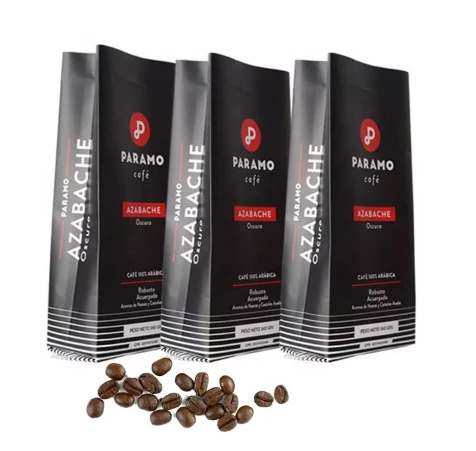- Afrikaans
- Albanian
- Amharic
- Arabic
- Armenian
- Azerbaijani
- Basque
- Belarusian
- Bengali
- Bosnian
- Bulgarian
- Catalan
- Cebuano
- chinese_simplified
- chinese_traditional
- Corsican
- Croatian
- Czech
- Danish
- Dutch
- English
- Esperanto
- Estonian
- Finnish
- French
- Frisian
- Galician
- Georgian
- German
- Greek
- Gujarati
- haitian_creole
- hausa
- hawaiian
- Hebrew
- Hindi
- Miao
- Hungarian
- Icelandic
- igbo
- Indonesian
- irish
- Italian
- Japanese
- Javanese
- Kannada
- kazakh
- Khmer
- Rwandese
- Korean
- Kurdish
- Kyrgyz
- Lao
- Latin
- Latvian
- Lithuanian
- Luxembourgish
- Macedonian
- Malgashi
- Malay
- Malayalam
- Maltese
- Maori
- Marathi
- Mongolian
- Myanmar
- Nepali
- Norwegian
- Norwegian
- Occitan
- Pashto
- Persian
- Polish
- Portuguese
- Punjabi
- Romanian
- Russian
- Samoan
- scottish-gaelic
- Serbian
- Sesotho
- Shona
- Sindhi
- Sinhala
- Slovak
- Slovenian
- Somali
- Spanish
- Sundanese
- Swahili
- Swedish
- Tagalog
- Tajik
- Tamil
- Tatar
- Telugu
- Thai
- Turkish
- Turkmen
- Ukrainian
- Urdu
- Uighur
- Uzbek
- Vietnamese
- Welsh
- Bantu
- Yiddish
- Yoruba
- Zulu
is ziploc microwavable
Are Ziploc Bags Microwavable? Understanding Safety and Usage
When it comes to food storage and preparation, Ziploc bags are a popular choice among many households. Their convenience, versatility, and ability to keep food fresh make them a staple in kitchens around the world. However, a common question that arises is whether Ziploc bags are microwavable. Understanding the safety guidelines and best practices for using these bags in the microwave is essential to ensure food safety and avoid potential hazards.
What Are Ziploc Bags Made Of?
Ziploc bags are made from polyethylene, a type of plastic that is generally considered safe for food storage. They come in various sizes and types, including freezer bags, storage bags, and specialized bags for marinating or vacuum sealing. Each type of bag is designed for specific uses, and while they can all handle everyday food storage, their properties in relation to heat can vary.
Microwavable Ziploc Bags
Not all Ziploc bags are suitable for microwave use. The manufacturer, SC Johnson, produces specific bags labeled as “microwave safe.” These bags are designed to withstand the temperatures that occur during microwave cooking. It is essential to look for this label when considering using Ziploc bags in the microwave.
Guidelines for Microwave Use
1. Check the Label Always read the label on the Ziploc bag before using it in the microwave. If it has a microwave-safe designation, you can use it without concern. If not specified, it's best to avoid using that particular bag in the microwave.
is ziploc microwavable

2. Ventilation When microwaving food in Ziploc bags, it’s crucial to allow steam to escape to prevent pressure buildup. This can be done by either leaving a corner of the bag open or puncturing a few small holes in the bag. This step is vital to avoid a potential explosion from steam buildup.
3. Temperature Limits Even microwave-safe bags have temperature limits. The general guideline is to avoid exceeding temperatures of 180°F (82°C). This means that while reheating leftovers or defrosting food is usually safe, high-heat cooking may not be.
4. Avoid Certain Foods Some foods can reach higher temperatures or contain ingredients that may not be safe in plastic bags. For example, fatty foods tend to heat up quickly and can cause the bag to warp or even melt. Be cautious with foods like bacon or oils that can produce splatter and high temperatures.
5. Short Intervals When cooking or reheating food in a Ziploc bag, use short intervals and check the temperature periodically. This helps to ensure that the bag does not overheat and the food is cooked evenly.
Alternatives to Ziploc Bags
If you're unsure about using Ziploc bags in the microwave, there are alternative options. Microwave-safe glass or ceramic containers are excellent choices for reheating food. These materials can safely withstand higher temperatures and can be reused without concern about chemical leaching.
Conclusion
In summary, Ziploc bags can be microwavable, but it is crucial to use the right type and follow safety guidelines. Always look for the “microwave safe” label, ensure proper ventilation, and be mindful of the temperature limits. When in doubt, opt for glass or ceramic containers. By taking these precautions, you can enjoy the convenience of Ziploc bags while ensuring the safety of your food and health.













